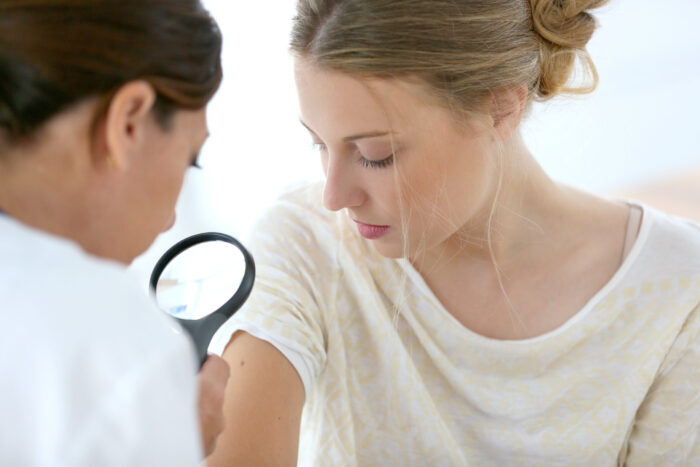Spending time in the sun feels good, but the ultraviolet (UV) light causes damage to the DNA in your skin cells. Sun exposure helps make skin cancer the most common cancer in the United States. Fortunately, if caught early, it is also one of the most treatable types.
What is Skin Cancer?
Your skin is made up of different types of cells, and different types of skin cancer develop in these cells. Squamous cell carcinoma develops from the outer layers of flattened cells that rise to the surface and shed. Basal cell carcinoma develops in the deeper layer that produces replacement cells for the upper layers. Melanoma, the most potentially dangerous type of skin cancer, forms from pigment-producing cells called melanocytes.




